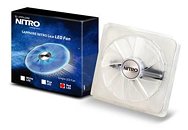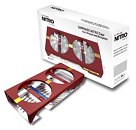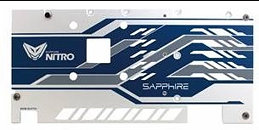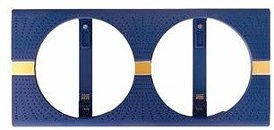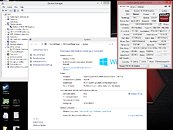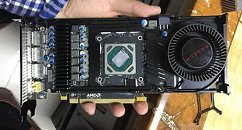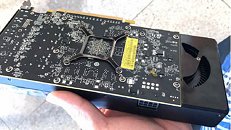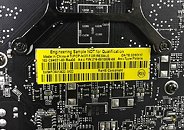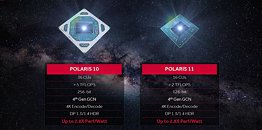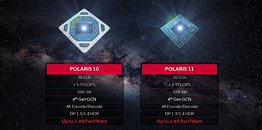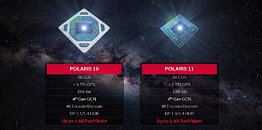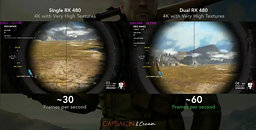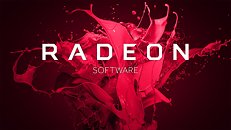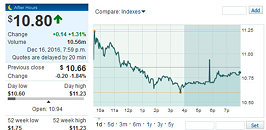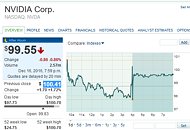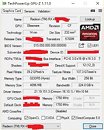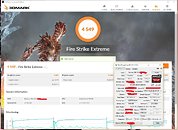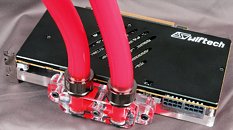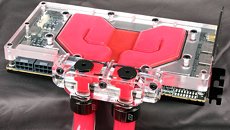
AMD Radeon 780M iGPU Performance Shows Up in Geekbench
A new benchmark of the AMD Radeon 780M RDNA3-based iGPU has now been spotted in Geekbench, showing it to be on par with the NVIDIA GeForce GTX 1650. The benchmark was done on the announced AMD Ryzen 7 7840HS CPU, which is a part of AMD's 4 nm Ryzen 7040 "Phoenix" lineup. The CPU in question is an 8-core/16-thread SKU with 40 MB of cache. It works at 3.8 GHz base and 5.1 GHz boost clocks and has a TDP of 35 W to 45 W. The same CPU comes with Radeon 780M RDNA3 iGPU with 12 Compute Units (CUs), for a total of 768 Stream Processors, and works at 2700 MHz.
The Geekbench OpenCL benchmark was fired up on a Chinese laptop with 32 GB of RAM and running on the Windows balanced power plan, where it scored a decent 36,757 points. This score puts it somewhere around the NVIDIA GeForce GTX 1650 and AMD Radeon RX 480 discrete graphics cards. This is an impressive result considering that this is a mid-SKU in the announced Ryzen 7040 series. Of course, we still do not know the specified TDP for this laptop, or what memory was used, so results might be slightly different. Since these laptops are yet to appear in retail, AMD is probably still tweaking the drivers, so we expect these numbers could be even higher for the full release.
The Geekbench OpenCL benchmark was fired up on a Chinese laptop with 32 GB of RAM and running on the Windows balanced power plan, where it scored a decent 36,757 points. This score puts it somewhere around the NVIDIA GeForce GTX 1650 and AMD Radeon RX 480 discrete graphics cards. This is an impressive result considering that this is a mid-SKU in the announced Ryzen 7040 series. Of course, we still do not know the specified TDP for this laptop, or what memory was used, so results might be slightly different. Since these laptops are yet to appear in retail, AMD is probably still tweaking the drivers, so we expect these numbers could be even higher for the full release.





